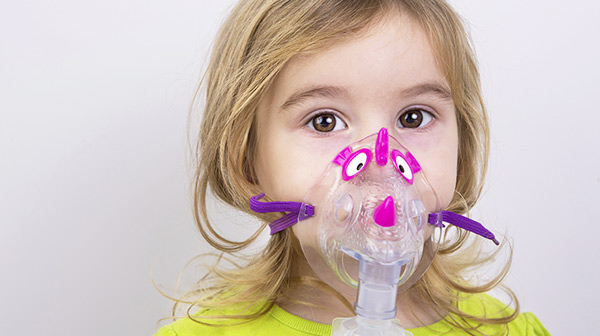
Analyzing data from the 2011-12 California Health Interview Survey, the study details several issues affecting asthma care and offers a number of public policy strategies that could help remedy these shortcomings. The research was published in the journal Population Health Management.
“Asthma is one of the most common chronic pediatric conditions in the U.S. and a major reason for emergency department visits and hospitalizations in children,” said Shaikh, clinical quality officer at the California Department of Health Care Services and director of Healthcare Quality at the UC Davis School of Medicine. “Emergency department visits for chronic conditions such as asthma are frequently the bellwether of sub-optimal primary care and community-based support. However, by creating better support structures around these children, we can have a significant impact on their health and quality of life.”
To understand the status of asthma in California, the researchers mined data from the most recent California Health Interview Survey, which includes 44,000 households from every county in California.
Nearly 10 percent of the state’s children, close to 500,000, suffer from asthma. The care these children receive can vary widely, even though more than 96 percent have a primary care provider. Most concerning is that their flu vaccination rates are not much different from the general pediatric population. Flu can pose a significant health risk, sending many children with asthma to the hospital.
“We were surprised to see that about half of all children with asthma had not received a flu shot in the past year,” said Shaikh. “Children with asthma are at high risk of becoming really sick from the flu and of developing pneumonia, even if their asthma is mild or their symptoms are well-controlled.”
The study also highlighted problems with asthma control. A third of children with asthma had to go to the emergency department for asthma symptoms in the past year, and for 20 percent of children, this was due to an inability to see their own health care provider.
Even more striking is that only 38 percent of children with asthma receive a written-care plan from their clinicians.
While Shaikh finds these primary care shortcomings deeply troubling, she and study authors also point to solutions. They believe a safety net of existing providers and resources could support primary care providers’ efforts to combat pediatric asthma. Involving interdisciplinary teams for population-health management of pediatric asthma is key, they say. Pharmacists, school nurses, social workers, community health workers and emergency department patient navigators could be enlisted to encourage vaccination, improve medication compliance, follow up higher-risk children more closely, point families toward resources and educate families to improve self-care.
“These findings are important because they will better guide our efforts to improve both clinical quality and population health for our children with asthma,” noted Neal Kohatsu, medical director at the California Department of Health Care Services, which partially funded the study. The study done by University of California – Davis Health System.